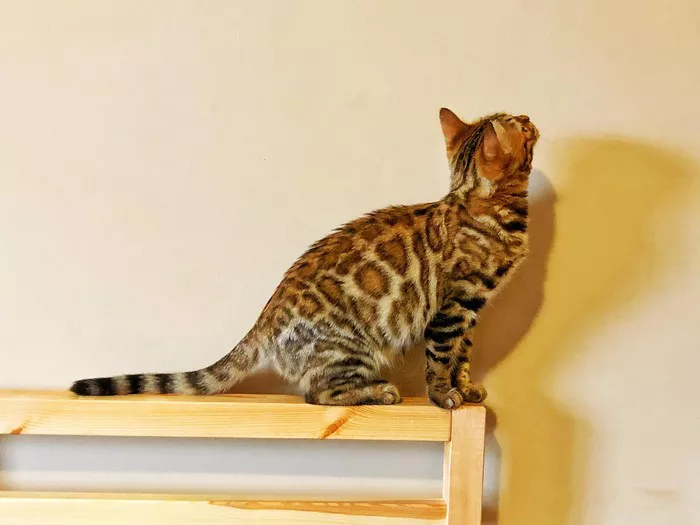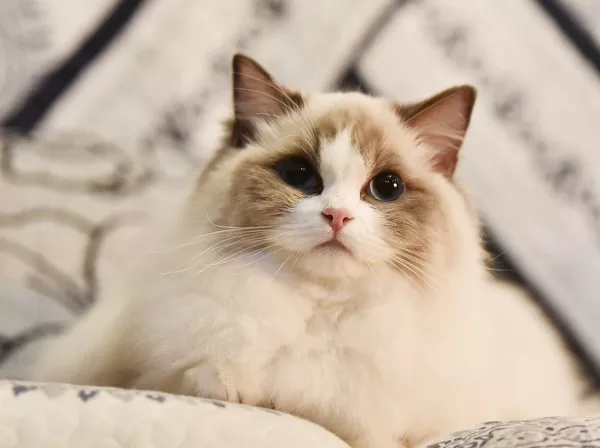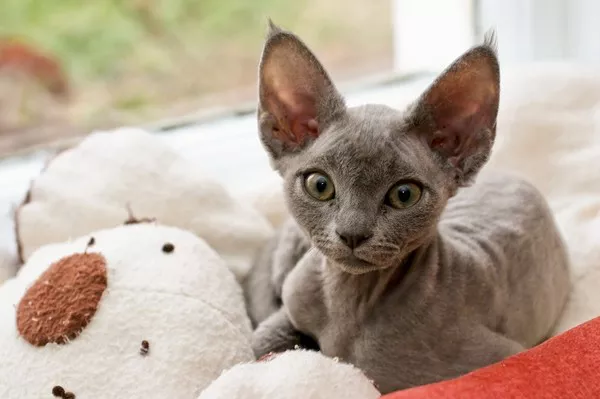Cats are known for their unique behaviors and quirky antics, but one question that often arises among cat lovers is: Do cats play fetch? While the image of a dog dutifully retrieving a ball might be more common, some cats do exhibit a surprising fascination with this fetching game. In this article, we’ll delve into the intriguing world of cats and fetching, exploring the reasons behind this behavior, the breeds that are more inclined to play fetch, training techniques, and the potential benefits of engaging your feline friend in this playful activity.
The Fetching Phenomenon: Yes, Some Cats Do Play Fetch
Unconventional Yet Enchanting: While cats are not typically associated with fetching like their canine counterparts, some felines do engage in this behavior, often to the surprise and delight of their owners.
Individual Variation: Just as each cat has a unique personality, their willingness to play fetch can vary widely. Some cats might readily take to the game, while others may show little interest.
Why Do Some Cats Fetch?
Instinctual Behaviors: Cats are natural hunters, and the act of fetching can mimic their hunting instincts. When a cat chases after a tossed object, they tap into their primal drive to pounce and capture.
Bonding and Interaction: Fetching can be a bonding experience between you and your cat. Engaging in play helps strengthen the human-feline relationship and provides mental and physical stimulation.
Breeds That Tend to Play Fetch
Bengals: Bengal cats, known for their active and curious nature, are more likely to take an interest in fetching. Their love for play and exploration makes them natural candidates for this game.
Siamese: Siamese cats are intelligent and enjoy interacting with their owners. Their outgoing personality and desire for attention can lead them to participate in fetching.
Training Your Cat to Play Fetch
Patience and Positive Reinforcement: Training a cat to play fetch requires patience and positive reinforcement. Start by using a favored toy and rewarding your cat with treats and praise for engaging with the toy.
Gradual Progression: Begin by encouraging your cat to interact with the toy, and then gradually introduce tossing the toy short distances. Over time, your cat may learn to retrieve and return the object to you.
See Also: How to Train A Ragdoll Cat to Fetch?
Benefits of Fetching for Cats
Physical Exercise: Fetching provides valuable physical exercise for your cat, helping to maintain a healthy weight and prevent obesity-related issues.
Mental Stimulation: Engaging in the fetching game stimulates your cat’s mind and prevents boredom. It can help reduce stress and anxiety by providing an outlet for pent-up energy.
Enrichment and Bonding: Fetching offers an opportunity for enrichment and bonding. Spending quality time playing with your cat strengthens your connection and enhances their overall well-being.
Recognizing Limits and Preferences
Respect Your Cat’s Choices: It’s important to respect your cat’s preferences. If your cat shows no interest in fetching, forcing the game may lead to stress and avoidance behaviors.
Alternate Play Activities: If your cat isn’t drawn to fetching, explore other interactive play activities that align with their interests. Laser pointers, feather wands, and puzzle toys can offer engaging alternatives.
Conclusion
In conclusion, the intriguing question “Do cats play fetch?” unveils a world of feline behaviors that go beyond common stereotypes. While not all cats exhibit this fetching behavior, some felines indeed enjoy the game, tapping into their hunting instincts and bonding with their human companions. If you have a cat that shows an interest in fetching, embrace the opportunity to engage in a playful and interactive experience. Training your cat to play fetch can be a rewarding endeavor, offering physical exercise, mental stimulation, and strengthened bonds. However, it’s essential to recognize and respect your cat’s individual preferences and provide alternative play options if needed. As you embark on this delightful journey of feline fetching, remember that each cat is a unique and wonderful companion, capable of surprising us with their individual quirks and enchanting behaviors.


























